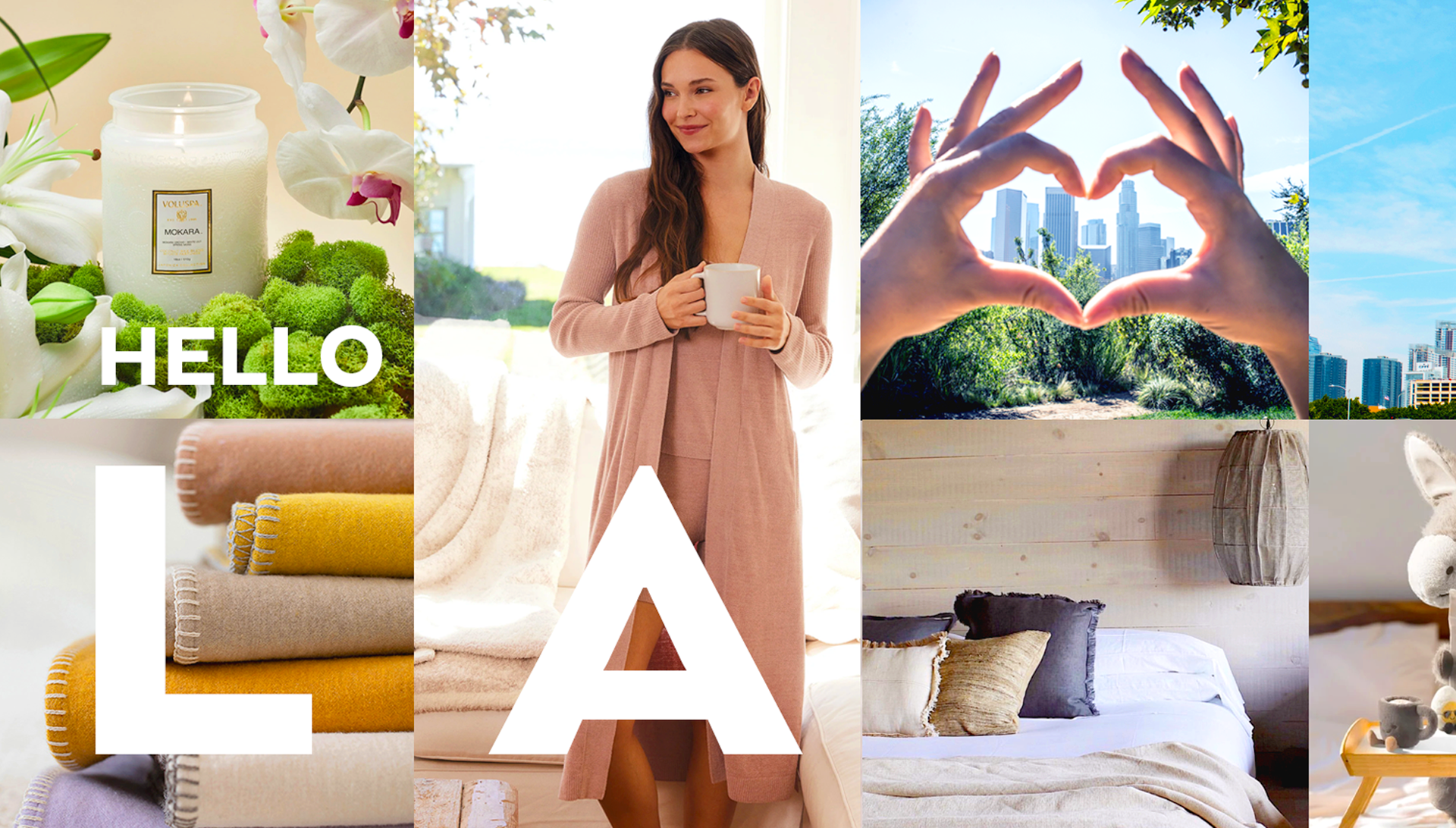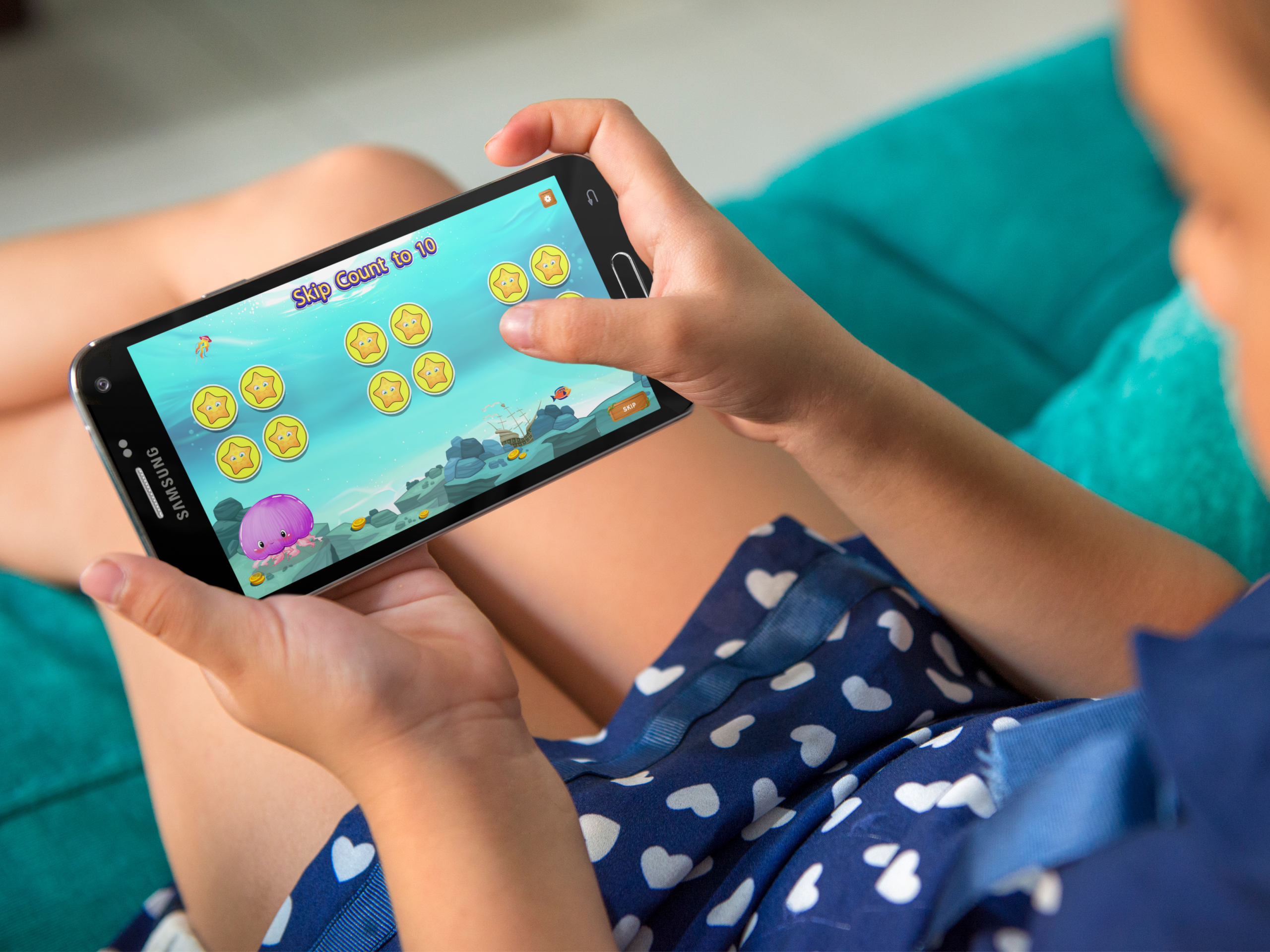10 Mar ‘15
UX Trends and Tombstones for 2015: Part 3
10 Mar ‘15
In: Branding & Visual Design, Business, Innovation, Mobile App Design & Development, User Experience Design, / By: Ripe Media
In Part 2 we discussed the importance of a mobile-friendly and responsive website, and how mobile app usage has eclipsed mobile browser usage by about 80%. The tablet is becoming the new workhorse personal device in place of the PC, which is digging a niche for itself in only high-end business, gaming and creative use.
Now we’ll get in to the good stuff: branding. Namely, we’ll discuss those factors that contribute to a companies overall image: design and copy.
Casual and fun is the new “professional”
Do you remember when blackberry ran ads that they made phones that were “tools, not toys.” Look where blackberry is today. It turns out that the business executive is a fun-loving human being too. When the iPhone first came out, perhaps it wasn’t the most serious of business tools – it couldn’t handle MS Exchange email, or cut-and-paste text, nor did it have a GPS radio. All of that changed within the second iteration, as Apple found out (no big surprise there), that the line between “business” and “casual” was quickly beginning to fade away. People don’t want to be forced to choose one phone over the other because they have to choose if their personal or professional lives were more important to them. Thus, “good UX” – a good smartphone should be beautiful, it should be fun, and it should be functional.
[inlinetweet prefix=”Friendly UX & messaging creates real appeal: ” tweeter=”@ripemedia” suffix=””]”Cold and stuffy” is dead, because it’s just no fun, and perhaps sadly it took us until 2014 to realize that businesses are run by people too – and people like to laugh and be treated in a warm and friendly way.[/inlinetweet]
Here’s a screenshot I snagged from my GrubHub app. This is an error message, which means that it was one of those rare times when the app couldn’t connect to the internet and could not process my order. The GrubHub developers (ingeniously), make fun of me, and make light of the entire situation. Nobody likes it when you hit an error message and find out that it didn’t work. Where’s the “good UX?” GrubHub recognizes that it’s a crappy situation, and now I’m laughing instead of frowning. I’m smiling instead of getting upset, and of course I’m willing to try again.
Business-speak is dead-speak. It’s cold, stiff, and inhumane. “We’re sorry, please contact customer service or try again,” doesn’t have any humanity or warmth in it at all.
MailChimp is an example of stellar branding. A chimpanzee that sends your mail? How cute is that? But why not capitalize on every opportunity to let the brand sink in, and who doesn’t love a good hard-rocking monkey?
Want to see a big company that is epically failing at being casual, warm and fuzzy?
Ouch. Just ouch, this is painful. But we really need to examine why the Dell site is starting to look old-fashioned. This layout was all the rage in 2012, so what happened? Firstly the Dell website is trying to look “professional,” but as we said, the difference between “consumer” and “professional” design and branding is like the difference between a “consumer” and a “business” smartphone – meaning that there is no difference anymore. Blackberry spent the last five years asserting that there was a difference and we all know what happened to them.
In the case of the Dell site, the ample use of hard lines, the old-school slider and bullet-points really do make it look aged. The site is trying to garner excitement and anticipation with the “The wait is over” line, but it fails to instill excitement or anticipation. It sells computers as if they were kitchen appliances. It does not appeal to what hopes and dreams you’ll accomplish with this awesome new ultrabook. The entire “for home” and “for work” delineation when it comes to devices is meaningless and should be reserved only for the technologically naive – a niche of human beings that is growing smaller by the hour! By “home” do you mean that my home is only deserving of low-powered devices, and I should play my video games at “work?” Would someone in upper management at Best Buy please tell their salespeople to stop asking this silly and meaningless question?
Dell is attempting to cater to its core market: B2B bulk business purchases. But by aiming for “professionalism,” they only come across as boring, cold and stuffy. Conversely, let’s take a quick look at another, much more successful brand:
The world’s leading mobile operating system is Android. So of course, to look big and professional, they need lots of pictures of smiling people in suits and ties, doing all sorts of important things with their android devices, right? Wrong. Instead, they went with cute – actually downright adorable, little caricatures of the “android robot.” The brand speaks to Android’s unique market positioning scheme. Apple offers a tight, single-controlled source experience. Android counters this with being open source and available to a variety of manufacturers. Their message, “it’s good to be different.” Note the plain and casual copy that borderlines on slang “…be yourself, do your thing, see what’s up.”
In Part 4 we’ll talk about the big-and-beautiful web experience for PC browsers, and how it should fit in with your overall brand and design.

















